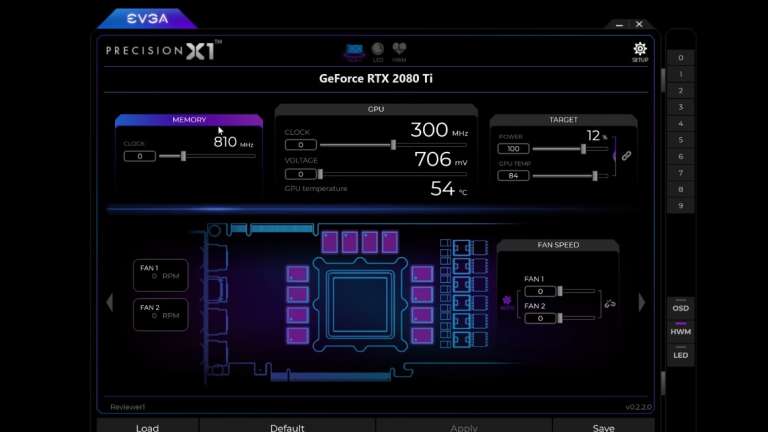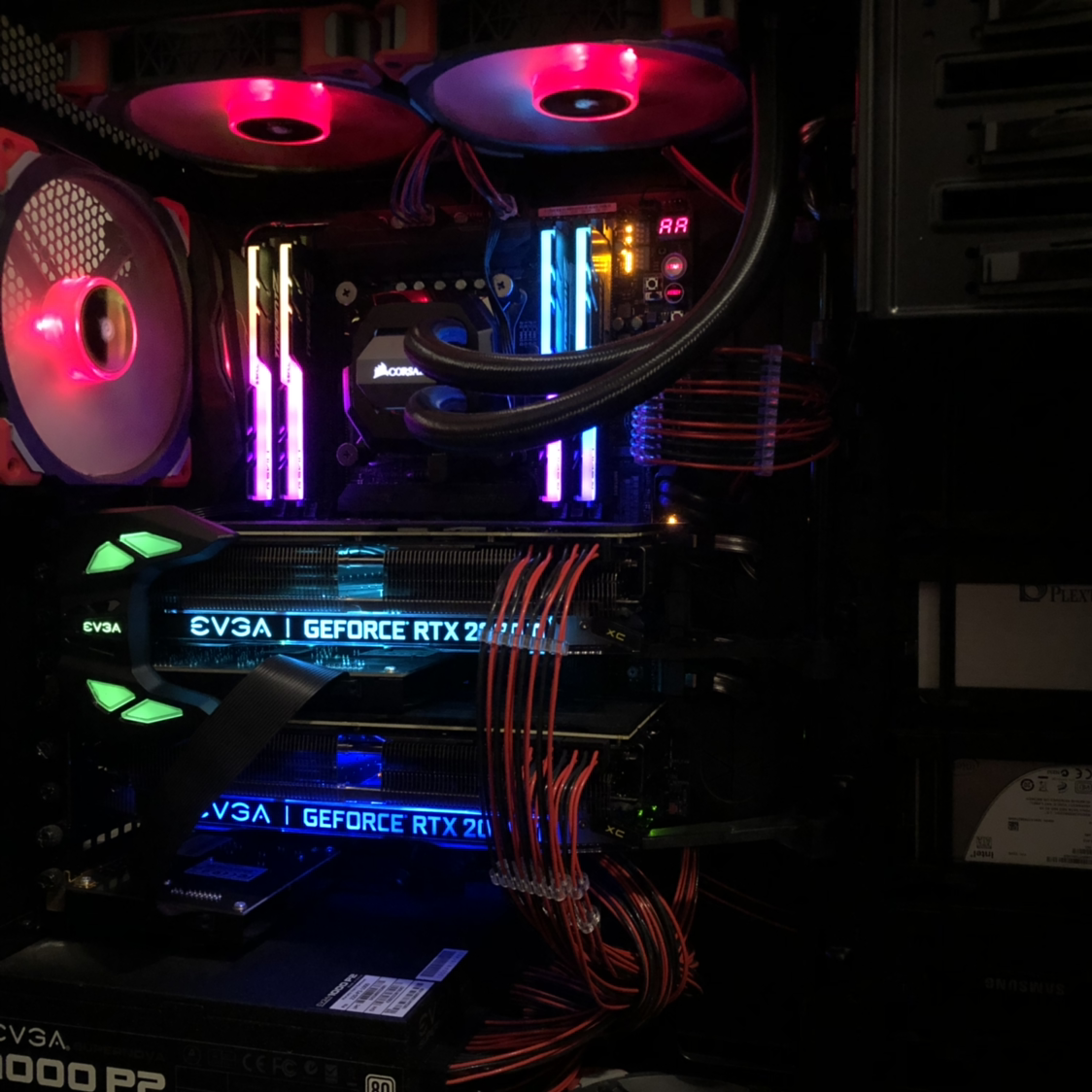

Now the sample demonstrates how to detect the server installation path and launch the server from a third party client application O Updated RTSSSharedMemorySample sample code. Now framerate limiting and custom Direct3D runtime libraries support can be controlled directly from the main window O Ported to new VC++ compiler, new core and skin engine libraries with better extendibility EVGA Precision will automatically hide any server dependent functionality (such as On-Screen Display, framerate monitoring, automatic 2D/3D profiles management, screen capture and so on) when the server is not installed Now it comes with own installer and can be optionally installed when necessary. O The server is no longer being distributed as a part of client applications like EVGA Precision.

On-Screen Display server has been upgraded to version 5.0.1:.Users can download the latest version 4.1.0 for free at: eu./precision/ True enthusiasts know that there is only one choice when it comes to GeForce overclocking software: EVGA Precision X. Precision X 4.1.0 allows you to fine tune your graphics card, including GPU Clock speed, Memory Clock speed, Fan speed, Voltage and much more. One thing of note is when this is enabled, the clocks will not drop on idle, so idle power use will be a lot higher.The latest update to EVGA Precision X overclocking software has arrived. I then alt-tabbed out of the game and raised the clock speeds to 1755 MHz, and it stayed locked there as well for this short gaming session. We then enabled the feature (between the green bars), and it locked the clocks at 1635 MHz, which is the base boost value for the RTX 2080 Ti FE used. You can see by the jagged lines in the graph the clocks are jumping around a couple of boost bins throughout. The first part of the graph is normal gaming at stock speeds. The graph in the upper left-hand corner displays the core clock speeds. We jumped into a quick game of Call of Duty: Black Ops 4 to show a visual of the behavior. This feature can be useful to the overclocker, and even reviewers, by eliminating the ambiguity that comes with trying to keep the video card at the requested clock speed. If so, the card will act as normal clocking down to stay under the prescribed limits. When boost lock is active (by pressing the toggle in the bottom right), the video card will run at the specified clock speed or below, so long as the power limit is not crossed.


 0 kommentar(er)
0 kommentar(er)
